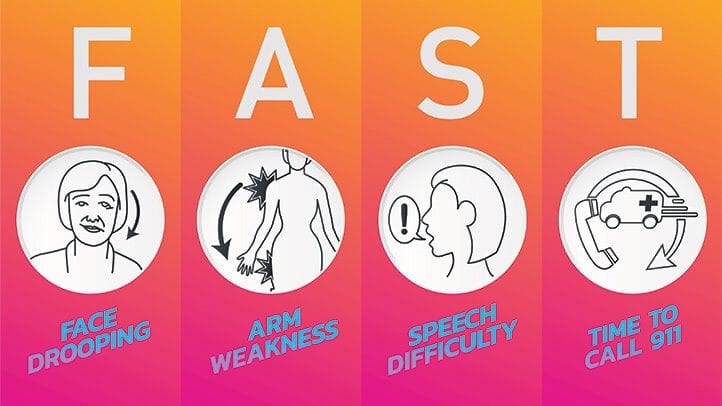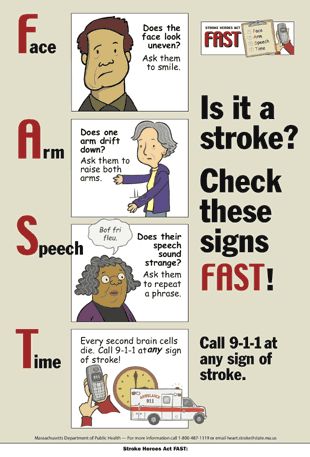Transient Ischemic Attack

As it turned out, I only had the TIA in Inertia (Inert sha - For those who don't get the lame joke). A T.I.A also known as the "warning stroke", is essentially a stroke that resolves itself. As such, I was not in any immediate danger but as it's nickname suggests, I am in impending danger. Therefore, I am currently working with the doctors to stay safe.
I kept the factsheet on Ischemic Strokes from the hospital because I believe it contains information that people should know. So here are some stroke facts:
A stroke occurs when a blood clot forms and blocks the supply of blood to a part of the brain. Such a clot may form in one of two ways:
- A clot may form elsewhere in the body and travel to the brain where it gets stuck in a blood vessel. This is called an embolus or embolism.
- The clot forms over time in an artery that feeds the brain, eventually blocking it. This is called a thrombus. Thrombi may form due to thick blood and narrow or damaged arteries.
Stroke symptoms occur suddenly and they include but are not limited to:
- Weakness or numbness on one side of the body
- Trouble walking
- Problems speaking or understanding language
- Severe headache, dizziness, and unsteadiness
- Trouble seeing clearly such as double-vision
There are many diseases that can make one more susceptible to stroke, so it is important that the doctors are told of any pre-existing conditions. While treatment will vary depending on the perceived cause of a stroke, you can expect that it will always involve stroke protocol, administration of I.V fluids, pain medication as needed, anti-clot or anti-platelet medication if deemed necessary, and monitoring of blood sugar and body temperature to preempt fevers and hypo or hyper glycemia.
This information was paraphrased from the Children's Hospital of Philadelphia's Pediatric Stroke Program's "Arterial Ischemic Stroke" information pamphlet.
For more info, visit: www.chop.edu/stroke

